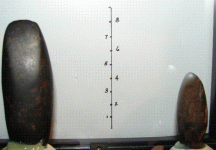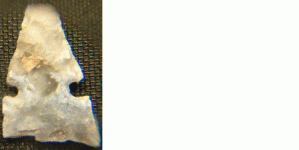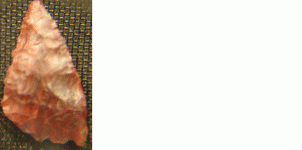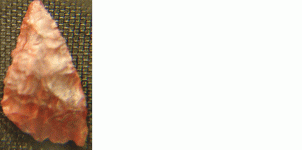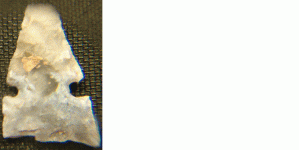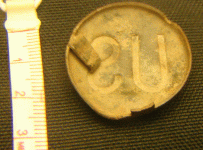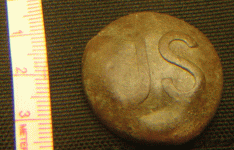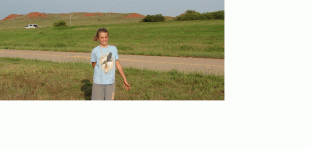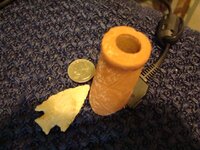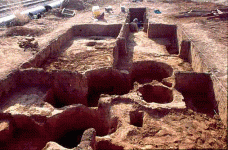Hello,
I'm new to the site. I'm a surface hunter of Indian artifacts in the western Oklahoma area, especially around Clinton. I've had some success over the past couple of years. Would like to hear of any success (or lack thereof) stories. I have a few photos of pieces of marginal interest that I'd like to share if anyone is interested.
docmann
I'm new to the site. I'm a surface hunter of Indian artifacts in the western Oklahoma area, especially around Clinton. I've had some success over the past couple of years. Would like to hear of any success (or lack thereof) stories. I have a few photos of pieces of marginal interest that I'd like to share if anyone is interested.
docmann


